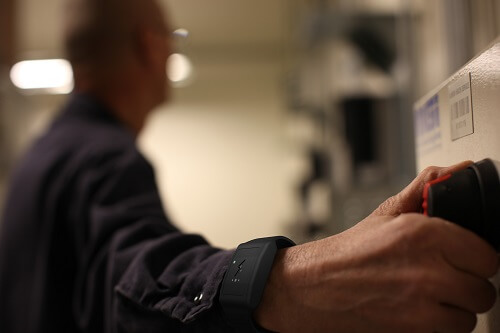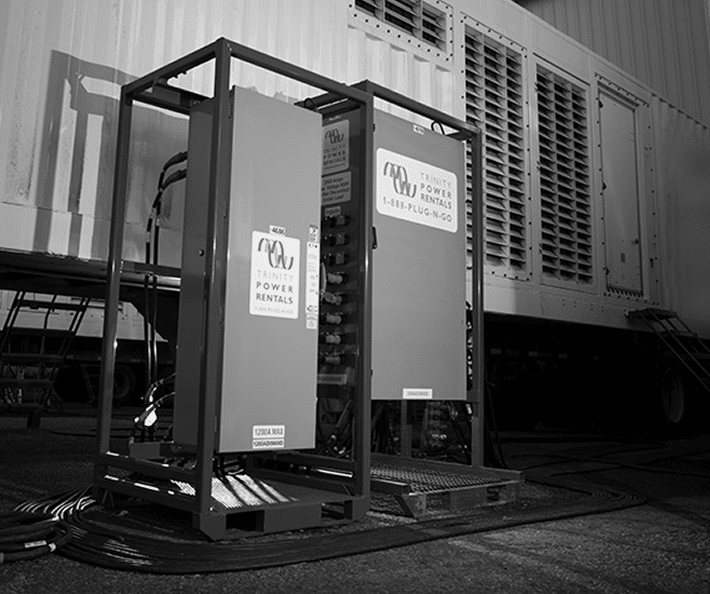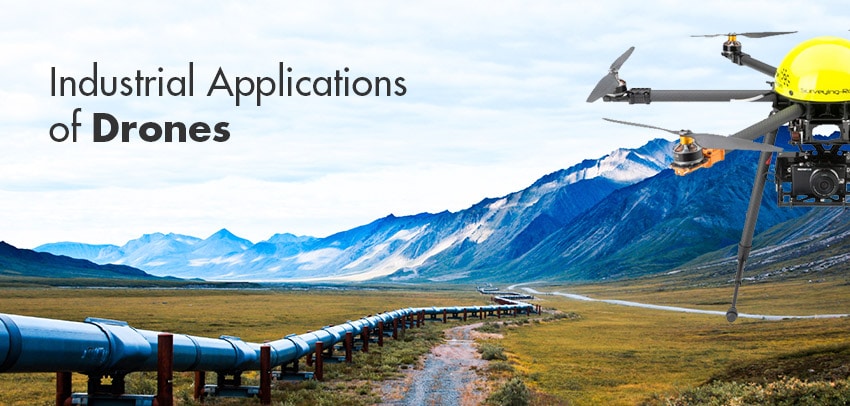- OUR APPROACH
-
COMMITTED TO YOUR SUCCESS
Our approach, developed over decades of experience, is fine-tuned to get the results you want.
We deliver concept-to-completion solutions, designed by temporary power specialists with access to the largest inventory of high-quality power generation and distribution equipment in North America.
-
- Equipment
-
RENTALS
From a wide range of diesel and natural gas generators to transformers, cable, light towers and more, our large rental fleet and extensive vendor network ensure we’ll have the temporary power equipment that your project requires — every time.

-
- Industries
-
INDUSTRIES WE SERVE
For nearly 20 years, we have been at work powering projects across Canada’s industrial sectors.
Select from this sampling of industries to learn how we can put our expertise to work for you.
VIEW ALL- Projects
- About
-
A PROUD HISTORY. A BRIGHT FUTURE.
From our inception in 1998, we have been building our team on a foundation of excellence. Our team members’ passion, expertise and commitment are what have allowed us to grow into a national company with projects across Canada.
Click on the links to learn more about our history, our team or our career opportunities.
- Blog
- Contact
-
If you’ve ever tracked a workout or paid for a meal with your watch, you’ll know that wearable technology is already revolutionizing major industries — finance and health & fitness are prominent examples.
You might not know that the next industry to benefit from wearable tech might be the electrical industry.
Proxxi — on the surface, a sleek black wrist piece reminiscent of an Apple Watch — is actually a futuristic piece of electrical safety equipment. Electricians take note.
The band houses a non-contact sensor that alerts the wearer to any energized equipment nearby, acting as an added layer of protection against contact injuries. Designed originally for qualified electricians working primarily with utilities, Proxxi is now being worn by qualified and non-qualified workers alike across a variety of industries where electrical safety is a concern, including manufacturing, construction and oil and gas.
We spoke with Campbell Macdonald, co-founder and CEO of Proxxi, to find out how the technology came to be, and how it benefits not only workers, but the companies that employ them.
Electrical Safety and Human Error
“There are 2 main ways that people stay safe on the job site,” says Macdonald. “Through process and through PPE.”
Electrical safety processes, which include lockout, tag out procedures and the use of contact sensors, are the first line of defense against electrical injuries. PPE is the last line – it protects the worker if something in the process has gone wrong.
“This process is actually very reliable,” explains Macdonald. “If you follow all of these steps, you’re basically safe.”
So what’s the problem? Simply put: people aren’t perfect. Macdonald explains, “Unfortunately, humans make mistakes. We’re under pressure on the job, we have family stress, we’re tired. We’re distracted with something else and we make mistakes.”
According to Macdonald, human error is the number one cause of electrical contact injuries. And those injuries are on the rise.

An electrical injuries and fatalities report released by Electrical Industry News Week in 2017 showed that while electrical fatalities have been decreasing, non-fatal electrical injuries are actually on the rise.
Human error might not be a big problem in some situations, but as work sites become more complicated, it becomes harder to avoid. “If you look at these large, industrial environments, you can have an array of 50 panels and they all look the same,” says Macdonald. “So you might de-energize panel 8, go for lunch, and then misremember and start on panel 9. Or you could mistakenly not use a contact sensor. In cases where power is being controlled remotely, there might be a miscommunication.”
That’s where Proxxi comes in.
Proxxi: A Digital-Age Approach to Safety
Macdonald is adamant that Proxxi isn’t meant to replace any electrical safety procedures or equipment that already exist. “We don’t change the core steps of the electrical safety process,” he says. “Proxxi is an additional layer on that process.”
That additional layer is something that Macdonald believes is a trend in the field of workplace safety. “I think there’s a movement in the safety world where we’re not giving up on process by any means, but we’re also trying to engineer out these risks because we know that humans make mistakes,” he explains.
“I sometimes say to customers that Proxxi is a voltage detector but really it’s a human error detector. That’s what it’s trying to do.”
Here’s how it works:
Proxxi is a wearable voltage detector. A worker puts it on at the beginning of their shift and wears it for the duration of their time on-site. The band works in a variety of settings, from 480 volts up to 250,000 volts. Macdonald explains, “You can dynamically change the settings in about 5 seconds for whatever voltage environment you are in, which allows a qualified worker to move between any environment.”
Proxxi also allows for customization so that non-qualified workers can remain at a more sensitive setting without the option to switch between voltages.
These features add up to a highly effective additional layer of safety for workers. But there are even bigger benefits for organizations whose employees are wearing the device.
Better Data For Better Decision Making
A major concern that Proxxi aims to address is the problem of near-misses. When a worker comes too close to a piece of energized equipment, that is considered a near miss, and the worker is supposed to report it. But that doesn’t always happen.
“A lot of our customers routinely mention that 90 to 95 percent of near misses go unreported,” says Macdonald. This is due to a combination of professional pride — not wanting coworkers or supervisors to know — and workers simply not realizing when they’ve had a near miss.
This presents a problem for decision-makers in an organization. “Because electrical contact injuries are a rare event — it’s a low-incidence, high-consequence type of injury — you need as much data as possible,” explains Macdonald. “People are making decisions around where to invest management and resources and training, and if you’re making those decisions based on a very incomplete data set, you’re probably making bad decisions.”
Proxxi delivers the missing near-miss data. “Now the organization actually has data to understand all their workers and how they’re interacting with energized equipment,” says Macdonald.
“We don’t have the answers — we have data to allow them to ask much better questions, and to help mitigate risk across the organization.”
Mitigating risk in this way can cause a ripple effect of benefits.
“What you find is that if you have a super high-consequence injury or a fatality, it actually impacts across the entire organization,” explains Macdonald. The consequences can be far-reaching, from reduced productivity to recruitment and retention issues to PR challenges.
“We thought this was initially an insurance problem, says Macdonald. “We were trying to mitigate insurance payouts. But the impact on the organization is actually much much bigger than we thought or believed.”
Get in Touch With Proxxi
Would your organization benefit from the safety and insight that Proxxi provides? Visit their website to learn how.
Proxxi is currently working with organizations at an enterprise level. Individuals interested in purchasing a Proxxi band, stay tuned.
Related Articles
Subscribe for Access to Exclusive Content
Get insider updates, industry news, special equipment offers, and expert tips—directly to your inbox.
"*" indicates required fields




















